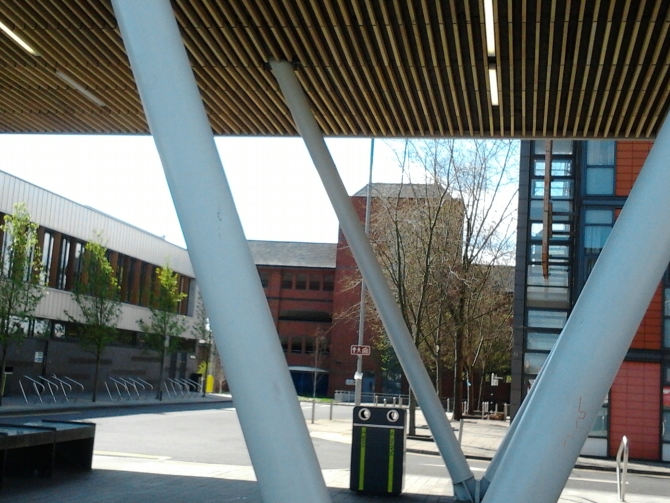Demand for commercial property in the West Midlands is on the rise, with proximity to economic hubs such as Birmingham deemed highly desirable for expanding firms. Furthermore, local financial powerhouses such as JCB and Jaguar Land Rover have invested heavily in growth since the start of the year, elevating investment into industrial properties and going a long way in offsetting the slightly lower demand for retail property.

This has caused commercial investment levels in the West Midlands to rocket in the first quarter of 2014, according to data published by property consultancy Lambert Smith Hampton. During the first three months of the year, investors channelled an impressive £817 million into the region’s commercial property market, comparing highly favourably to the much lower £160 million achieved during the first quarter of 2013.
Yet it is not only the West Midlands which has benefited from a surge in commercial investment, as the analysis reveals that the majority of UK regional markets have experienced a similar boom. In the first quarter, the UK’s overall commercial property sector saw the sum of investments reach £10.9 billion, marking a 35 per cent increase from the first quarter of last year and reaching the third highest quarterly level since 2007.
Head of Lambert Smith Hampton’s Birmingham office, Adam Ramshaw, believes that the steep rise in regional activity is due to the rising prices of London commercial property.
He says; “The most important message emerging from the figures is: welcome back, regional Britain.
“The pricing of prime central London commercial property has encouraged many investors to look outside of the capital, with the West Midlands, the East and Yorkshire, all experiencing a significant increase in activity in recent months.
“London will remain the most important market for some investors, but it is encouraging to see the regions start to narrow the gap.”
Although much of the UK’s commercial investment remains rooted in London, the regions have indeed begun to “narrow the gap” with investment more than doubling to £4.2 billion in the first quarter. This means that regional commercial investment accounts for 39 per cent of the UK total – a steep rise from the 25 per cent in the first quarter of 2013, and a sizeable increase from the 33 per cent recorded during the final quarter of last year.
Even more encouragingly, it appears that UK institutions now have the confidence to invest in commercial property, outstripping overseas buyers for the first time since the third quarter of 2011. In fact, net overseas investment was the only figure shown to fall in the report, dropping to £1.2 billion during the period from the £2.4 billion recorded in the corresponding quarter of 2013.
While overseas investment remains an important part of the commercial property sector, rising business confidence amongst domestic brands will hopefully see a more balanced market between London and the regions. Should this boom continue, the local economy of the West Midlands, among others, could stand to benefit hugely from an increase in business interest.
Do you think the figures seen in the report are sustainable, or will London exert its dominance again in the second quarter?